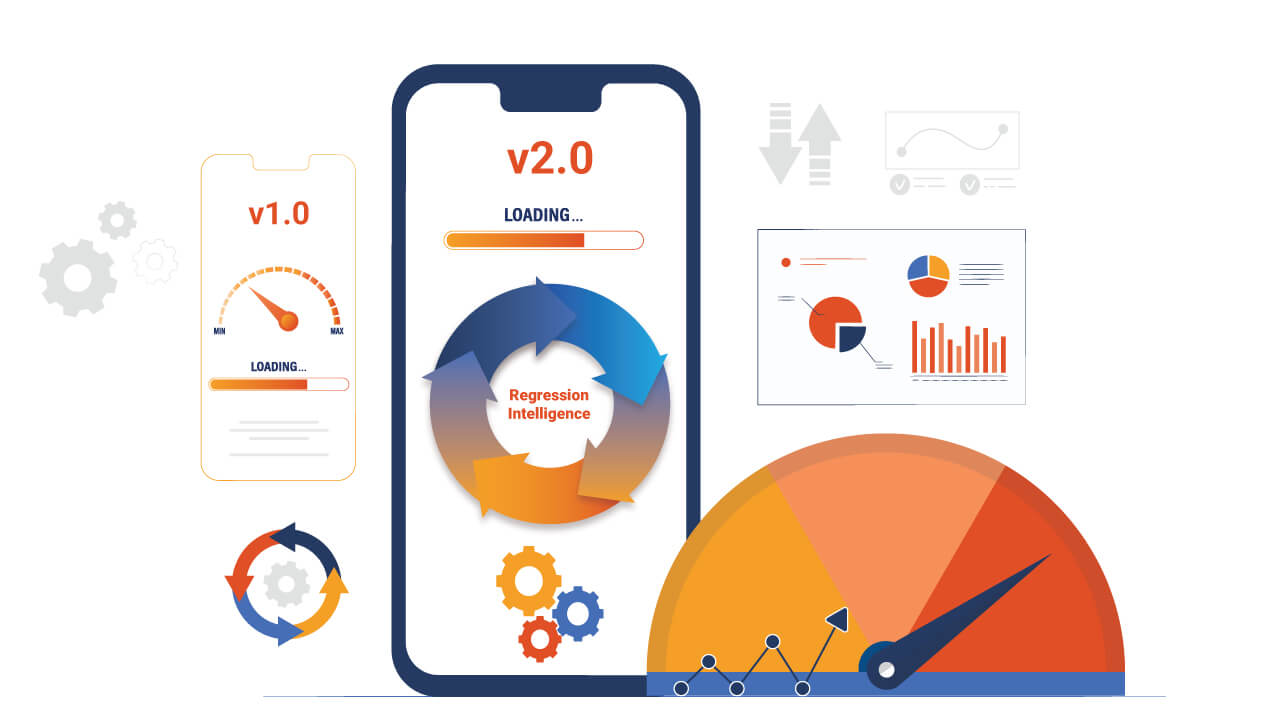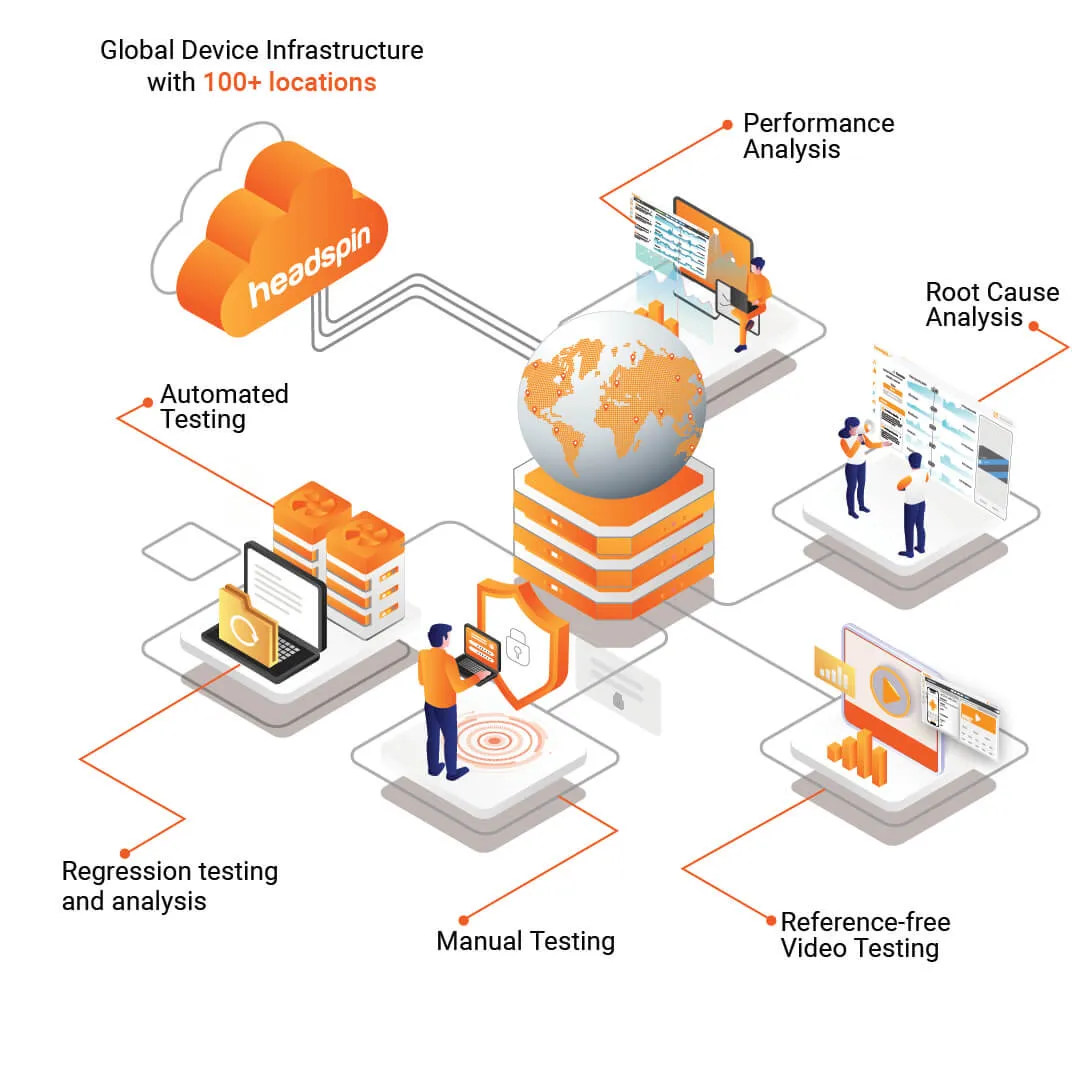Introduction
Interactive Voice Response (IVR) systems are those automated menus you hear when you call customer service. They let you interact with a system, using your voice or by pressing numbers on your phone. IVR handles tasks like processing calls, sharing information, taking requests, or even transferring you to a live agent if needed. With pre-recorded menus and options, these systems make navigating through customer service a breeze, no humans needed (unless absolutely necessary). They cut wait times, handle routine tasks, and are available 24/7, saving businesses time and money.
You’ll find IVR in action across industries like banking, insurance, telecom, and even travel or retail. Picture this: you call your bank, punch in a few numbers, and voilà—you know your account balance or transaction history, all without talking to a person.
But, of course, it’s not always smooth sailing. A lot of companies still wrestle with outdated speech recognition tech, struggle to connect IVR with modern channels, and even find it difficult to upgrade their old systems. On the other hand, with tech constantly evolving, IVR systems are getting smarter and more seamless. Solution? The right testing setup.
Interested in touching the nuts and bolts of IVR testing and seeing how it all comes together? Let’s decode the magic behind the voice!
Also read: How to Improve Customer Experience in the Telecom Industry?
Breaking Down the IVR System Architecture: Key Components & Technologies
Here’s a diagram that shows how the IVR system is set up:

Let’s take a quick look at the IVR system components and what they do:


Keeping these technologies in mind, you might wonder what the ideal IVR testing flow should look like.
Let’s dig deeper!
Check out: Optimizing QA Practices for OSS/BSS Development in the Telecom Industry
IVR Testing Scenarios: What You Need to Set Up the Test Suite
Let’s first explore the different menu options an IVR system plays based on what the caller or user inputs:
Check out the diagram below for a quick look at the key steps in the IVR call flow.

A Few Key Test Scenarios to Check
A good approach is to test a variety of scenarios to ensure the system is up to standard. Here are some typical scenarios to test for in IVR:
➢ Verification When testing an IVR system, security is super important. With fraud risks always out there, it's key to check how the system verifies callers.
Running these tests ensures the IVR is securely verifying users and handling any issues that might come up with fraud or data access.
➢ Call Transfer/Call Routing It’s extremely important to test if the IVR transfers calls to live agents when needed. Not every issue can be solved by the IVR itself, and some calls need a human touch.
If this isn’t tested right, things can get really messy, and customers can end up frustrated.
➢ DTMF Another important thing to test is whether an IVR system correctly recognizes and responds to DTMF (Dual-Tone Multi-Frequency) tones—basically, the beeps you hear when you press a button on your phone.
To make sure everything works as it should, testing needs to confirm that the IVR system recognizes each DTMF input correctly.
➢ Multilingual Support When testing an IVR system, it's important to see if it works in different languages, especially if it’s used in countries with different main languages.
Make sure to test all the menus and options to check if the prompts are in the right language. Also, ensure that the accent, pronunciation, and clarity are clear for each language.
➢ Data Security It's crucial to make sure that any sensitive data the IVR systems collect is kept safe.
It’s also important to check if the system is regularly checked and updated to meet security standards and prevent potential threats.
➢ Call Retry Option When testing an IVR system, it's necessary to check if it can give callers a second chance if they don’t get the prompt right the first time. The IVR should repeat the prompt a few times before either hanging up or passing the call to an agent.
To test this, make sure the system repeats the prompt enough times and gets the right input each time. It’s also key to confirm that the correct info is given after each input.
➢ Fallback Options Sometimes, it’s important to see how the IVR works when agents are busy, like during peak hours. You want to make sure the system has solid backup options, like voicemail or other ways for the caller to get in touch.
By testing these backup options, you make sure that even when agents aren’t available, customers still have a way to reach out and get the help they need.
➢ System Overload When testing an IVR system, it’s super important to check how it handles a high volume of calls. This ensures the system doesn’t crash or fail when it gets overwhelmed.
So, when you’re testing for overload, you want to check if the system can handle lots of calls without falling apart.
➢ IVR Workflow When testing the IVR system, it’s crucial to make sure each prompt leads to the correct option. If prompts get mixed up, it could confuse customers and cause delays, especially in urgent situations like blocking a lost or stolen card.
Testing each flow carefully will help ensure customers get to the right option quickly and without any confusion.
Once you know which parts of an IVR system need testing, the real question is—how do you run the perfect test to make sure everything works smoothly? As a QA, you’re probably thinking about the best way to get it right.
Curious? Well, keep reading!
How to Properly Test an IVR System – Key Steps to Follow
Step 1: Building a Strong Test Plan for IVR Systems
A well-thought-out test plan helps ensure the IVR system works smoothly for customers and meets business goals. Here’s how to do it:
- What do you want to achieve through IVR system testing? Whether it's reducing dropped calls, increasing self-service success, improving satisfaction, or cutting call time, clear goals help shape your tests and measure success.
- Get the right team on board for IVR testing. You'll need a project manager to keep things on track, QA testers to run and document tests, developers to fix bugs, a contact center manager for customer insights, and a business analyst to ensure smooth integration with other systems. With this team, you'll cover all the bases.
- Create test cases by testing real customer interactions on actual devices. Test all call paths, try different inputs (both correct and incorrect), and purposely trigger errors to check if recovery options work. Also, high traffic should be tested on real devices to see if the system holds up during peak times. Track results carefully to spot issues and refine the system before it’s live.
Step 2. Performing Different Types of Testing
Once your test plan is in place, it’s time to roll up your sleeves and start testing! This phase ensures your IVR system runs smoothly, is user-friendly, and performs well under real-world conditions. Let’s break it down into key testing types.
Step 3. Executing IVR Tests
Now that your test cases are ready and the testing environment is set up, it’s time to execute the tests and see how your IVR system holds up. Here’s how to do it right:
- Set up a controlled testing space to avoid disrupting the live system. You’ll need a separate environment for tests, a tool for real customer interactions, system tracking, and clean test data.
- Execute test cases by running each test as planned and recording steps, inputs, and responses. Note any bugs or inconsistencies and measure response times through KPI metrics. Detailed records help spot patterns and areas for improvement.
- Track bugs by noting what went wrong with screenshots and error codes. Tag them by severity, send to developers, and retest to confirm they’re fixed. A structured approach keeps things organized and prevents recurring issues.
- After testing, review functionality, usability, performance, and audio quality. Check if features worked, menus were easy to navigate, response times were quick, and prompts were clear. This helps identify areas needing tweaks before launch.
Step 4. Collecting and Analyzing Data
Use gathered data to spot recurring issues and areas for improvement to refine the IVR system.
- Get Internal Feedback: Catch up with the team to see what needs fixing. Send out a quick survey about the UI, call flow, and any errors, and chat with contact center staff to get their take on how things are going with customers.
- Conduct Pilot Testing: Let a small group of customers try the new IVR and gather their feedback through surveys and social media. Use their input to make improvements before the full launch.
Step 5: Reviewing and Deploying Your IVR System
After testing and improving your IVR, it’s time for the final checks before deployment.
- Final System Validation Before launching, re-run all the tests, check the logs for any further issues, and get the team’s final approval. Make sure everything’s set with operations for a smooth go-live.
- Phased Rollout Once you're good to go, ease the new IVR in by starting during slower times like nights or weekends. Slowly ramp up call volume and roll out features one by one. Keep an eye on things to catch any issues before they affect too many customers.
Also check: How to Achieve B2B Customer Experience Success With 5G?
The Way Forward
It’s time to automate your IVR testing. Automation lets you test even when your team is off or busy. The right IVR test suite would run functional, performance, and regression tests automatically whenever you update your IVR, catching issues before customers do.
No matter how complex your IVR is, automated testing is way faster and more cost-effective than manual testing.
Wondering how to bring it all together? HeadSpin makes it easy! Its platform streamlines testing with automated scripts, saving time and making sure all IVR paths are well tested—covering performance, compatibility, and even automated regression testing. Plus, it ensures great audio quality with real-time playback and microphone checks.
What makes HeadSpin stand out? You can test user journeys like calling customer care, going through the IVR options, and using the "Call Companion" feature, which links the IVR to a chatbot for voice and chat interactions simultaneously.
Excited to explore HeadSpin’s IVR testing solutions? Schedule Now.



























.png)




















-1280X720-Final-2.jpg)






